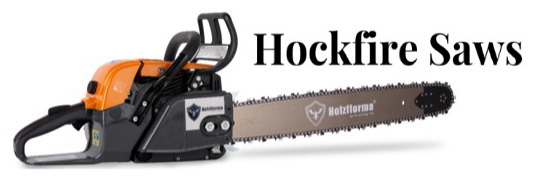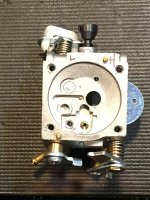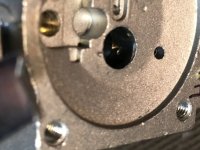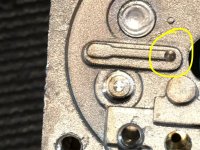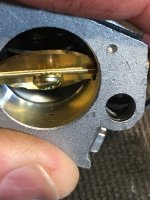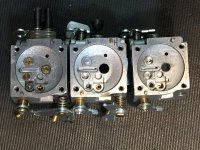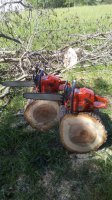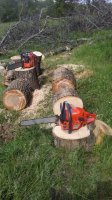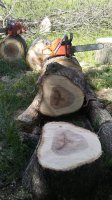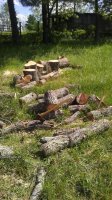That was more my concern at the moment. I wanted to get a better look inside the carb and get an idea of passages and feeds.
Rich, it looks like the carb may have a low speed circuit fed by the high speed circuit off of the high speed needle. (it appears it is done this way to reduce the emissions when you drop below peak torque)
If you take some WD-40 and spray it into the various orifices (remove the low speed needle and spray in through where the needle comes in) you may be able to see where the passages lead to.
On those type of carbs, I block off the feed hole in the main discharge nozzle tunnel with a bit of GB Weld. Then, I have to drill a hole through the wet side to feed the low speed needle. Those mods will separate the circuits so they can be tuned individually (then play with the spring/pre-load to dial in the idle and transition).
It also looks like there may be an auxiliary jet to feed the low speed circuit. I can't tell from the pictures, but if you spray some WD-40 through the jets you can see where they come out. If it is an auxiliary jet, then, just like with the Zama, you can drill out the auxiliary jet to bump up the low speed circuit flow to get more low end torque.
Good luck - you're in new territory LOL!
EDIT: When you separate the circuits, you will have to dial in the idle and transition using the low speed needle (it will work like drilling the idle/transition jet on the Zama, but will be adjustable). If you get a good transition, but lousy idle, you may have to shim or change the metering spring. These carbs will be a pain in the butt compared to a Zama, but once you have the right combination, you have got some valuable information.






